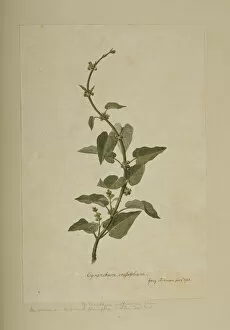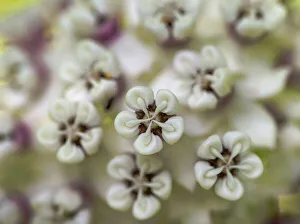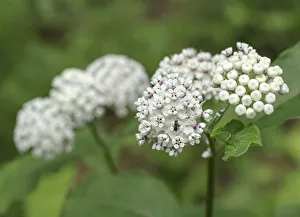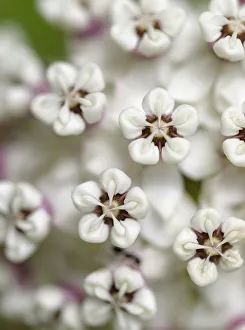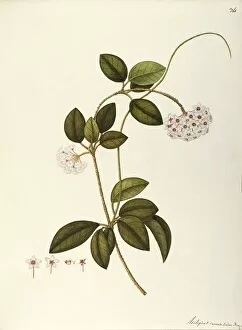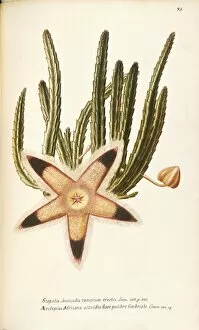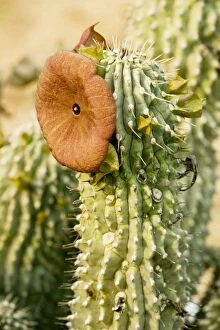Asclepiadaceae Collection
Asclepiadaceae, also known as the milkweed family, is a diverse group of plants that captivate with their unique flower heads
All Professionally Made to Order for Quick Shipping
Asclepiadaceae, also known as the milkweed family, is a diverse group of plants that captivate with their unique flower heads. In this close-up shot, we get a glimpse of the beauty before these flowers fully open. The redring milkweed and white-flowered milkweed varieties showcased here are found in Mammoth Cave National Park, adding to the park's natural allure. Nature's intricate connections come alive as we witness the Pallass long-tongued Bat feeding from Hoya publicalyx, another member of the Asclepiadaceae family. This fascinating interaction showcases how these plants play a vital role in supporting various species' survival. The Carrion Plant (Stapelia hirsuta), depicted in an exquisite watercolor by Francesco Peyrolery from 1755, is a temperate greenhouse succulent native to Southern Africa. Its striking appearance and captivating scent attract pollinators like flies who mistake it for decaying flesh—a clever adaptation for reproduction. Another stunning illustration captures the Wax Plant (Hoya carnosa), a warm greenhouse plant native to tropical Asia and Australia. Angela Rossi Bottione beautifully portrays its persistent leaves that add an evergreen touch to any space. Amongst this vast family lies Asclepias volubilis, Calotropis procera (rubber bush), Ceropegia candelabrum (ceropegia), Orbea variegata (toad cactus), Hoya cf. Diversifolia, and Oxypetalum banksii—each boasting their own distinct characteristics that make them stand out within this botanical lineage. From vibrant colors to intriguing adaptations, Asclepiadaceae continues to mesmerize botanists and nature enthusiasts alike with its wide-ranging diversity. Whether they serve as food sources for bats or deceive unsuspecting insects with their alluring scents, these plants remind us of nature's boundless creativity and the interconnectedness of all living beings.

